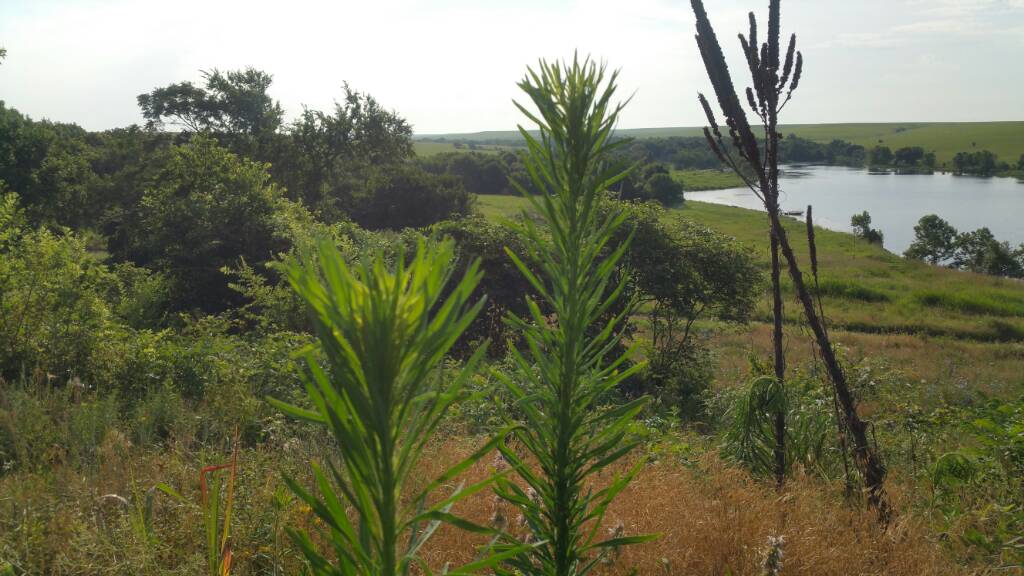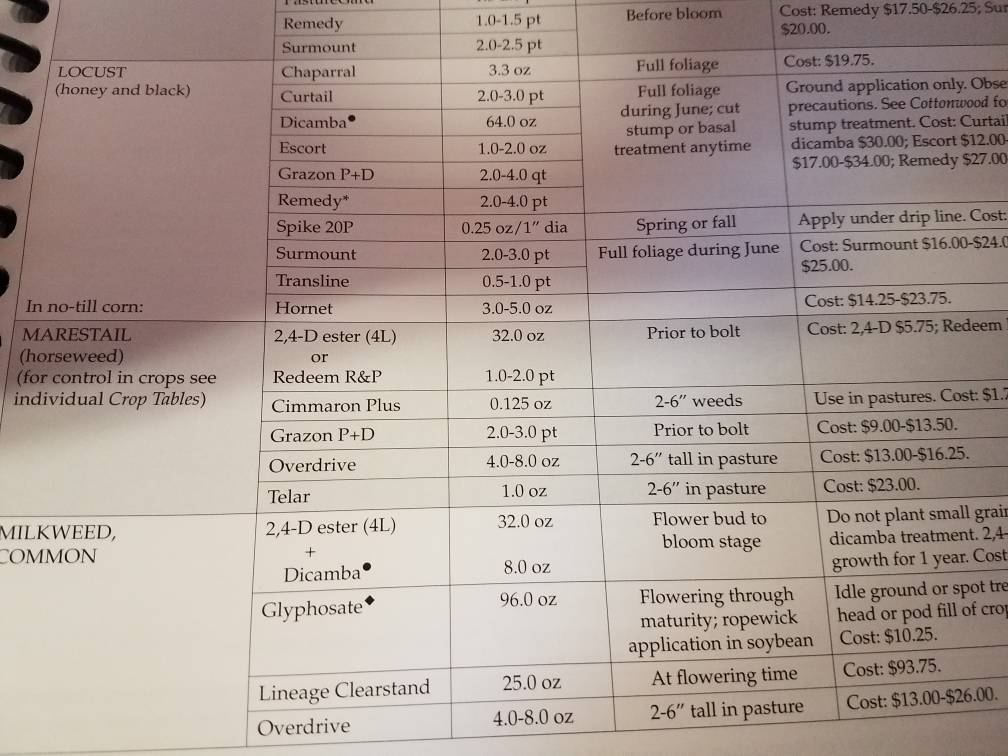catscratch
Well-Known Member
4 days after 24d.

Sent from my SM-N910V using Tapatalk

Sent from my SM-N910V using Tapatalk



It should start showing serious signs in 3-4 days I think, biggest thing about Liberty only is getting it applied correctly, most cheaper sprayers don't provide enough coverage of the plant, which is more important than with gly.I just hit a 4 ac plot full of pig weed, water hemp, and mare's tail yesterday. 1 qt liberty, 3# AMS, 8oz crop oil. Drilled liberty beans in. I burnt it down this spring and planted RR beans, that was a waste. I'm going to kill the garbage somehow. The mare's tail is starting to droop 24 hr. later. How long does liberty take to make things crispy?
It should start showing serious signs in 3-4 days I think, biggest thing about Liberty only is getting it applied correctly, most cheaper sprayers don't provide enough coverage of the plant, which is more important than with gly.
Not to pick on catscratch but if you notice in my picture, glyphosate is not listed as approved control of marestail. Yes it can and will kill some of it, but if he had mixed another mode of action like 2-4d in with his gly he wouldn't be having a problem right now. IMO any spraying operation should include at least 2 modes of action, along with the proper additives.
Sent from my SM-G930V using Tapatalk
I have some horseweed or marestail started in my plots and pastures. Burndown with gly got most of it but about 20% of them woke back up and are doing fine now.
They are past the rosette stage and bolting. I want them dead before setting seed. I know spraying once won't kill them, but what if I sprayed once a week for a while? Will it eventually be to much for them? What about alternating between gly and 24d each week?
I found lots of info online about control but nothing mentioned multiple regular sprayings, I'm assuming because it would be cost prohibitive for a farmer to do. I think I may only plant wheat this winters so that I can spray rosettes with 24d and not have to worry about plotted broadleafs. Even with this plan I don't want an extra crop of seeds this yr.
Here's some marestail that I sprayed with the 4oz/gal rate about a week ago.
Sent from my SM-G930V using Tapatalk
From his post, it sounded like he completely sprayed the field with roundup, so yes it was a failure because while it did kill most of what was there, it didn't get the last 10% or whatever, remember he was spraying a non selective, so it was supposed to kill everything. I'm suggesting this to fix his problem for short term, then work on the long term solution.
There are weeds, and then there are things like marestail, musk thistles, cockleburrs and a few others that should be killed any way they can.
I do see promise in the whole holistic management, but there will always be a place, time and need for chemicals, especially in no till. For example, I have a field of alfalfa that's ready to be rotated out, it's been 7 years and it's starting to thin out and not produce. So in theory since it hasn't been sprayed for anything since the year before it was seeded, I could qualify it for organic, but how do you kill alfalfa without chemicals? Easy, you plow it under as deep as you can, and then disk it's couple dozen times, but that's kinda the opposite of no till. Or I could spray it with 2-4d next spring and plant it to corn with no problems. Could organic no till make me a millionaire? Sure, if I was a billionaire. They are contridictions of each other in production ag.
Sent from my SM-G930V using Tapatalk
Then you throw in either a wet year like we have had this year or a dry year and it screws with whatever plans you had for control.The pig weed is terrible this year
What are you wanting to plant in it and how soon?
For gly I wouldn't go with less than 32oz/acre and in your case, probably the same of 2-4d (which I hope is amine, it should say on it).
For spot spraying we always use 3-4oz gly and 2-4d per gallon and haven't seen anything live through it yet. Which isn't far off if you figure that minimum gal/a.c. rate with water is 10 for both IIRC, but I'd figure on 12.
Sent from my SM-G930V using Tapatalk
